Everyone has unconscious biases. Though most “subtle acts of exclusion“ are not malicious, if people commit them unchecked, their effects can demoralize a workforce. Leaders seeking a more inclusive culture must discuss sensitive subjects like racism or sexism, even at the risk of getting the words wrong. Dr. Tiffany Jana and Dr. Michael Baran explain how your organization can put inclusive policies into place while never sugarcoating potential difficulties. They suggest activities for building awareness and inclusion, both important values that foster resilient teams of engaged employees.
“Subtle acts of exclusion” (SAEs) are words or actions that spring from conscious or unconscious bias.
Everyone performs acts of exclusion, most often out of ignorance or unconscious bias. Every SAE has an individual or group “subject,” who may or may not be present. The person who commits the SAE is the “initiator.” Observers who speak up for the target of bias are “allies.” Those who remain silent are “bystanders.”
Inclusive corporate cultures insist that everyone should notice and call out SAEs when they happen. Initiators must understand how they have committed a transgression and, rather than become defensive, they should vow to do better. Inclusion makes everyone better at their jobs, more collaborative and more likely to stay with their companies.
Obvious discrimination and structural exclusion are easier to identify than SAEs, sometimes called “microaggressions.” This term is misleading, because people who commit these acts aren’t necessarily aggressive, and the impact of using discriminatory phrases or actions isn’t small. Someone who asks a Filipino, “What are you...



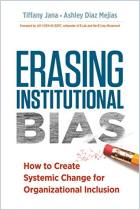

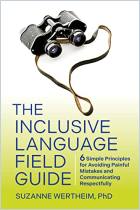

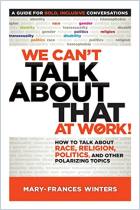
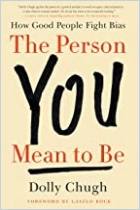
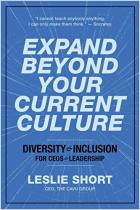
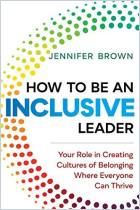

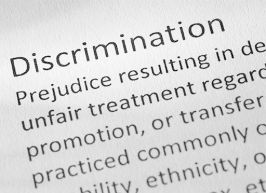



Comment on this summary
I'm personally looking forward to the day when we'll finally drop the concept of normal and enjoy the authenticity that will find space to show itself.